My advice, not to be lost into the various pages and logs, would be to read the whole description (this long page!) and then jump into the logs.
Alternatively here is a Table of Content that you can follow to directly access specific topic into logs.
Logs Table of Content
- building the FPV goggles :
- no log only into "details" below
- Fying planes with a joystick: building the Joystick2PPM (details + logs)
- Flying a virtual DJI Avata with a RC radio (details + logs)
- building the DJI VirtualFlight interface (including schematics and source code)
- DJI VirtualFlight RC radio interface -3.3V logic-
FPV goggles (first try)
I already had a DJI mavic mini1. Like all these drones ready to fly, you have a nice video return on your smartphone but no way to put your phone in front of your eyes to enter "fpv mode".
So I started to look at what I had into my home that could be used as a pair of FPV goggles... And I started using a magnifying glasses set.
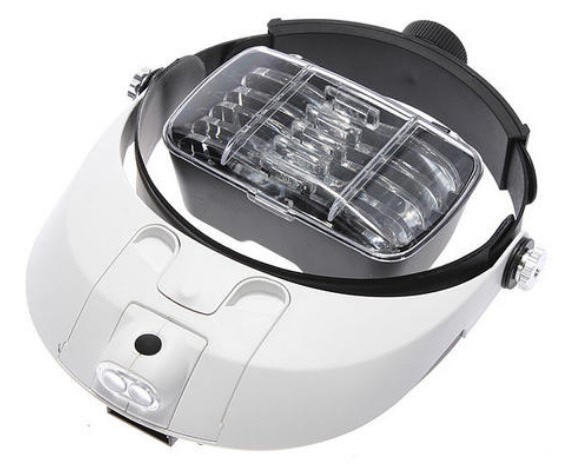
You could possibly still find them for cheap while searching for "2LED headband illuminated magnifier" model. Search on google, it is really popular and cheap. Be sure to get the model with detachable leds and x3,5 magnifier.
I then tried to choose the right lens to fit with my old eyes, and made a simple 3D printed adapter for my smartphone.
here is the result seen from side view.
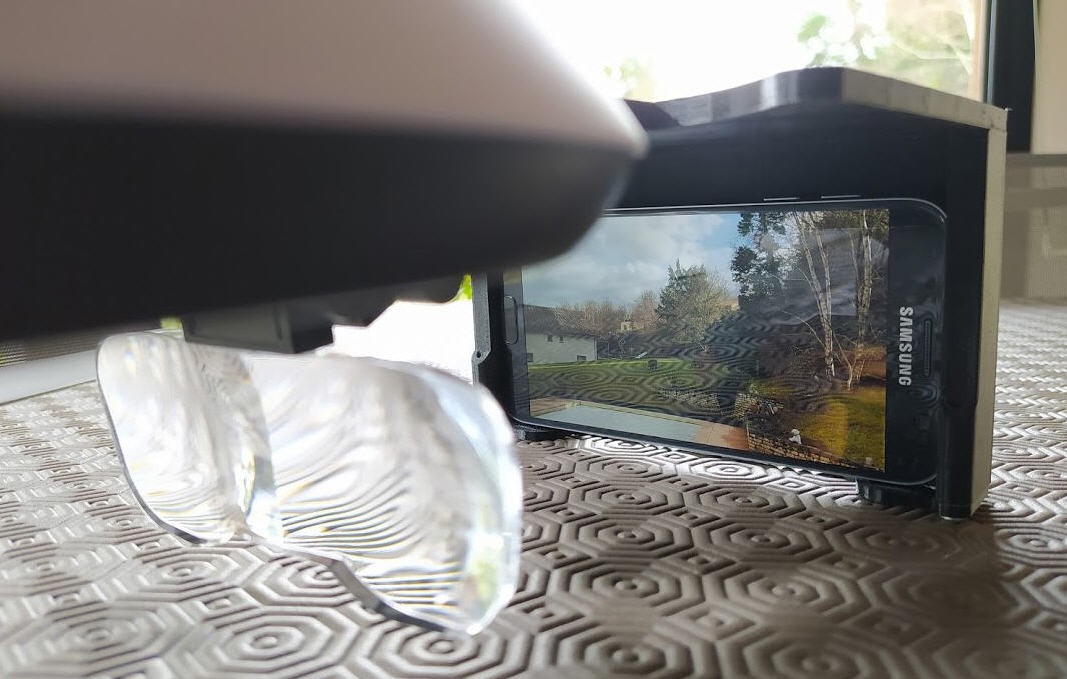
All the details to build yours can be found on thingiverse.
The result is an impressively clear image, very sharp and perfectly focussed even if you wear glasses.
BUT the smartphone is rather far away from your head, resulting in weight (and more precisely torque) on your head.
Furthermore, a lot of light is entering on the sides leading to a rather poor immersion.
However the concept was working and thus I tried a second design.
FPV glasses (second try)
I wanted to correct the caveats of my first design, I found a pair of clever glasses made with two mirrors at 45° reflecting the smartphone and allowing to optically "push forward" the phone whitin a compact form factor.
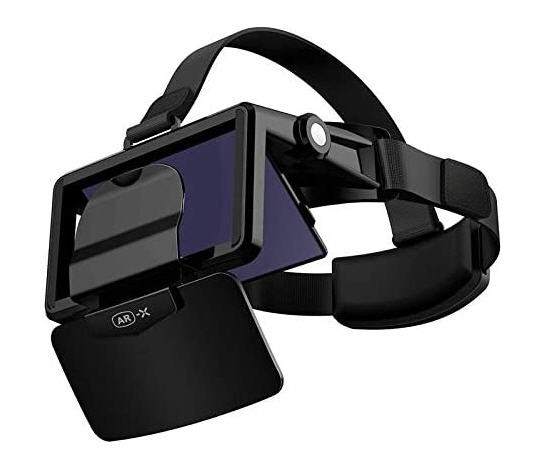
These glasses can be found searching for "AR-X FIIT glasses" on google. I found mines for less than 20$ end of 2021.... before inflation...
I made a few modifications on the glasses:
- add full protections to avoid light
- add lenses to correct hyperopia
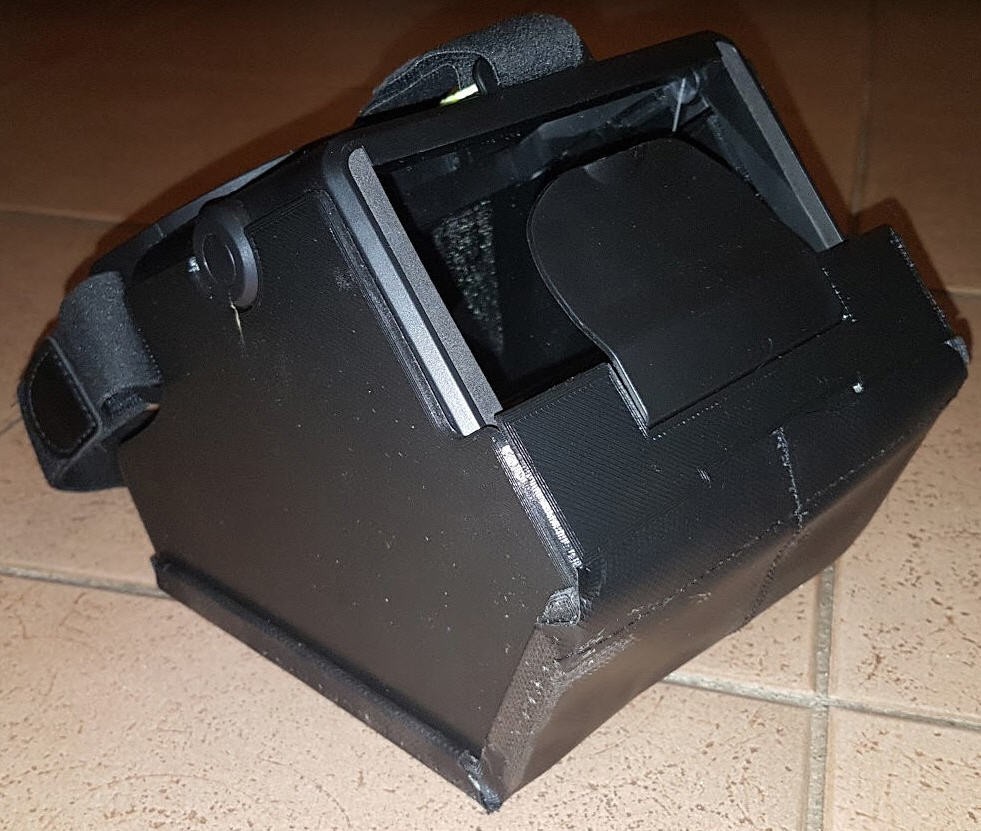
The 3D printed parts can be found on my Thingiverse, they snap on the goggles (no glue, no screws)
the bottom is made with black fabric and is hold in place with magnets glued on the sides and on the 3d printed parts.
- These goggles fit very well my face (although not exactely nice !). The image is really clear, sharp and the screen is almost totally visible with very little distorsion.
- The added lens gives more confort for my eyes, but are also optionnal (for normal eyes !).
- The goggles are still a little heavy, but not too much
- No light is entering provided that you cut the fabric at the exact size of your noze/face.
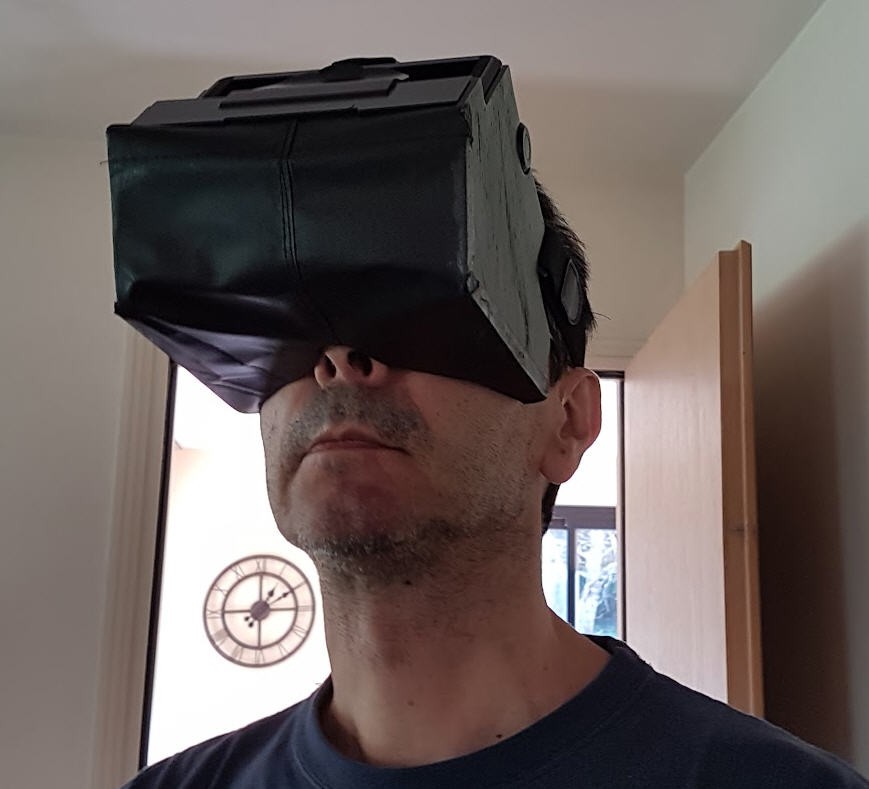
Poor man's FPV goggles flying DJI drone
And here is the result, when flying a DJI Mavic Mini
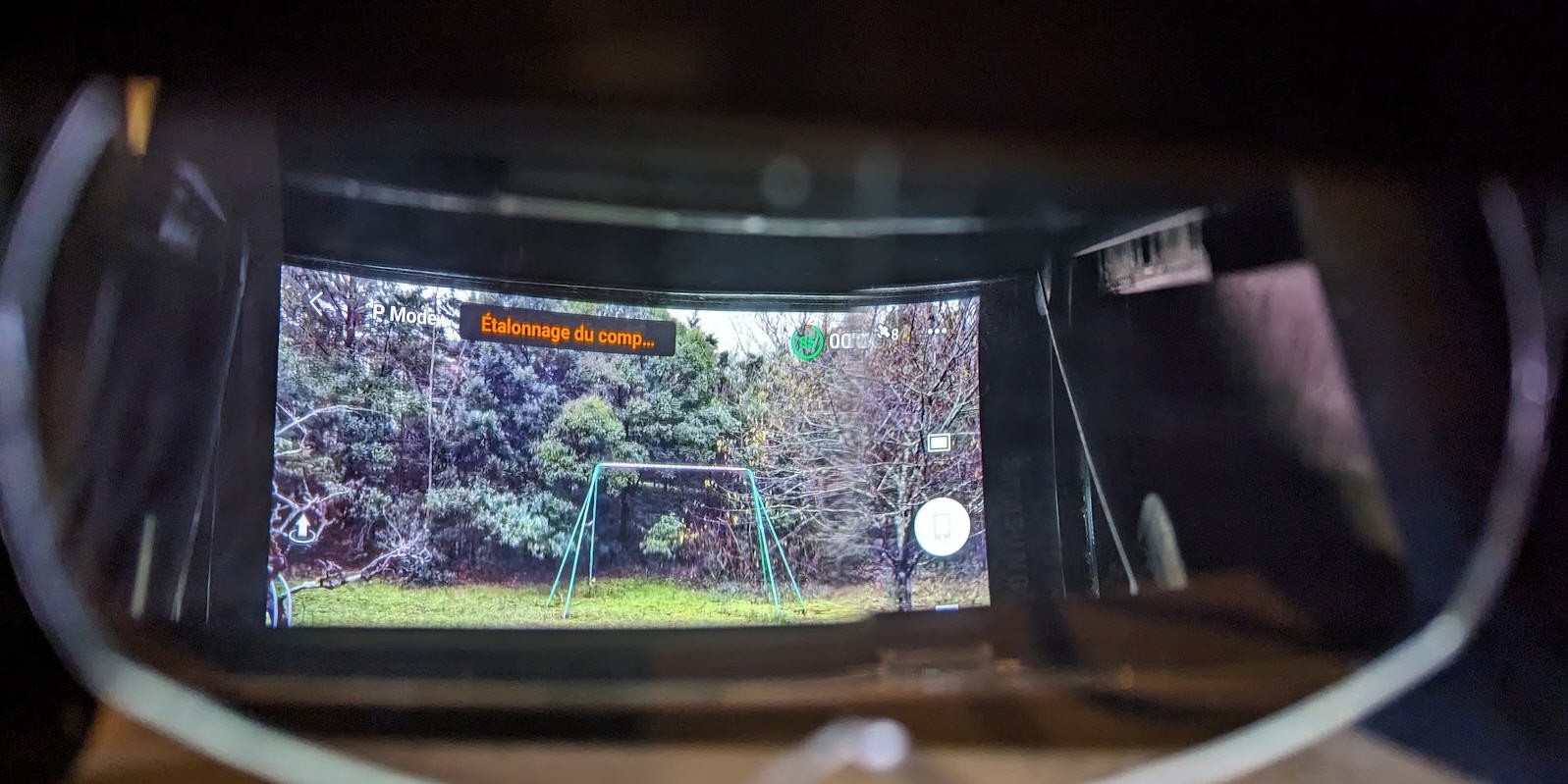
You can see the shape of the added lens and, in the background, the smartphone screen.
Of course the result, in real life, is much better than this picture, as it is almost impossible to take a good picture inside the goggles... But it gives an idea of what it could be !
When installed on your nose, you only see the screen "full size" it looks like a 1m HD screen floating in front of you !
Needless to say that any flying system with a video link return on a smartphone is also available to be used with these goggles.
So most of ready to fly drones fall into this category. For instance I have a Parrot Disco flying wing. It is controlled via a "Sky Controller" with the freeFlightPro application. It is fully working with my goggles!
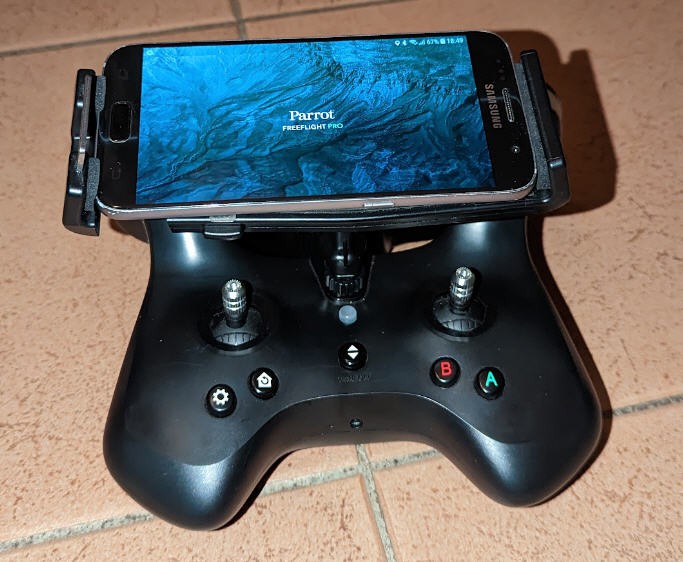
Here at landing !
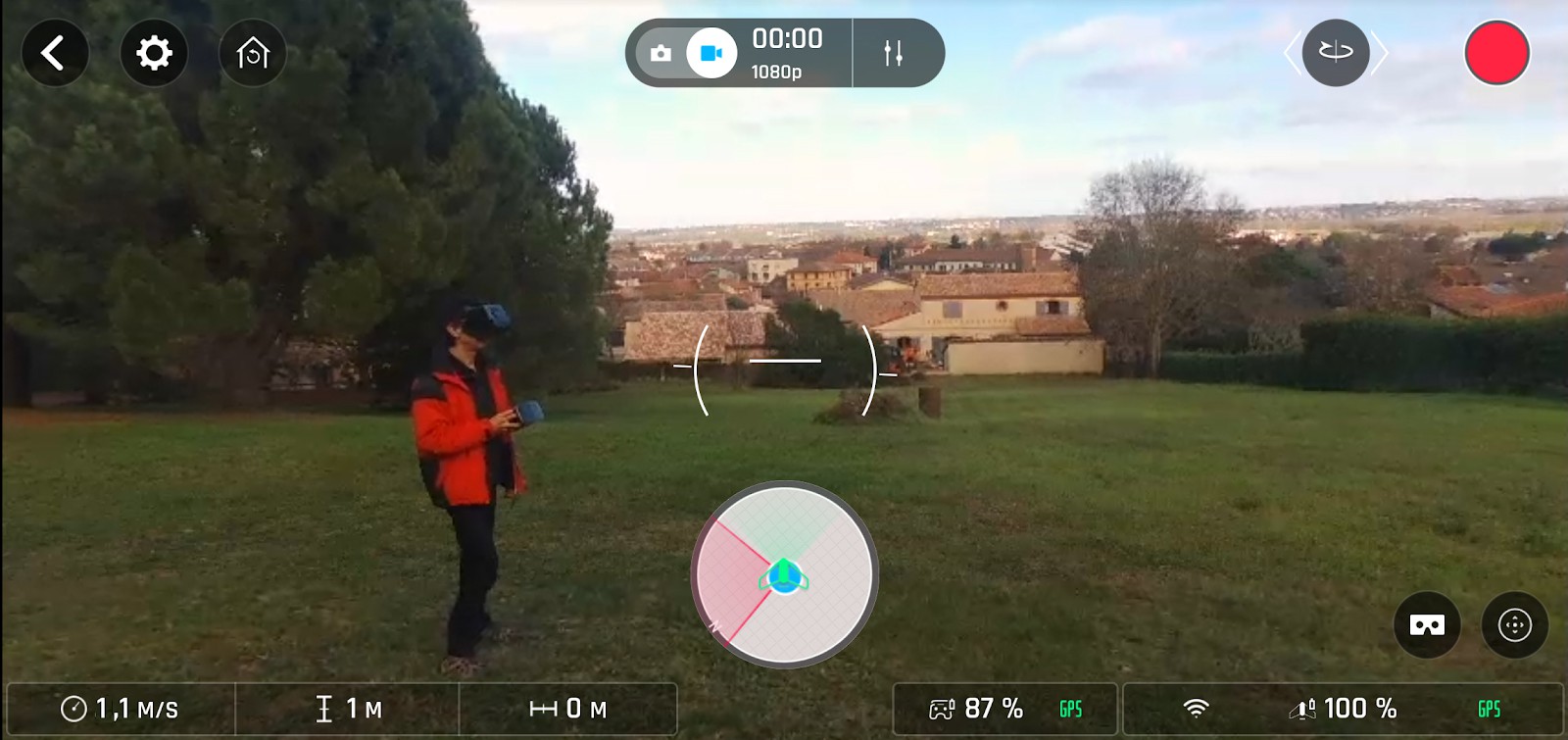
Flying any RC plane with a joystick
Having learnt how to pilot "real planes" 30 years ago I wanted to feel back...
Read more » JP Gleyzes
JP Gleyzes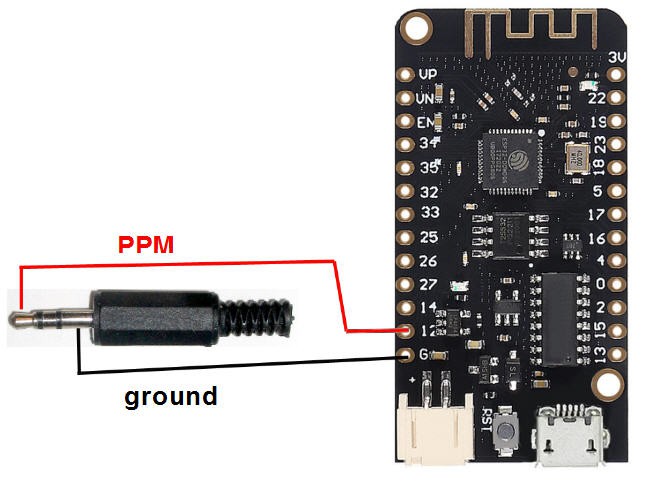
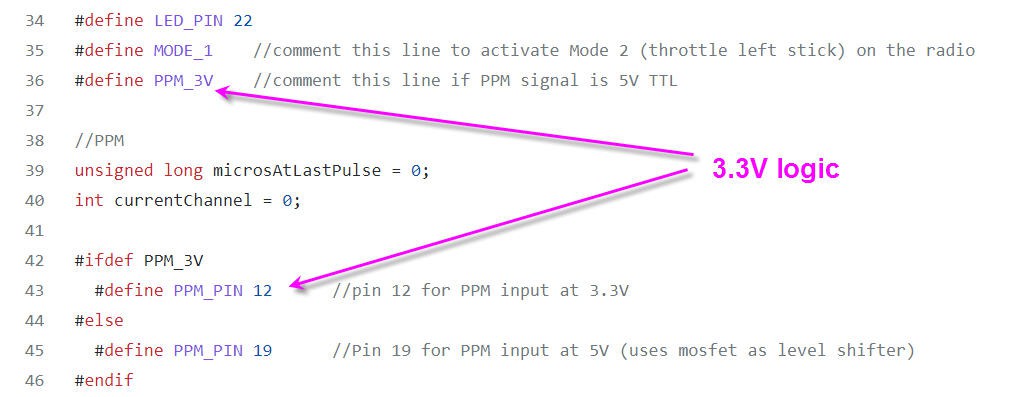
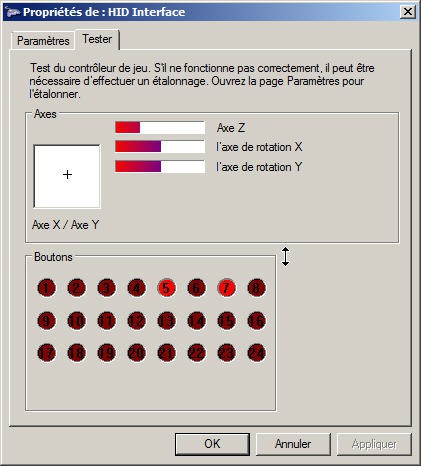
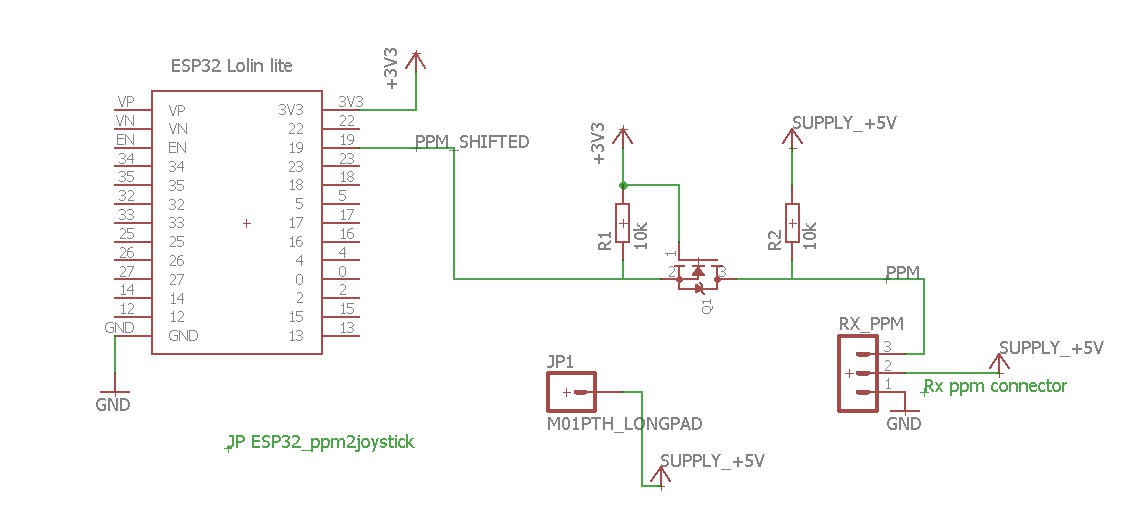
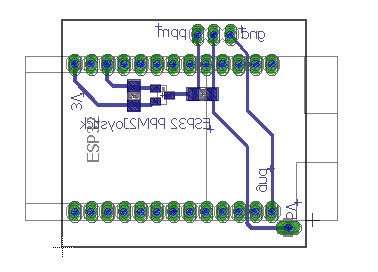
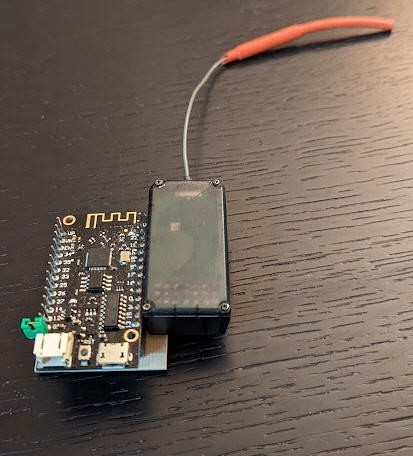
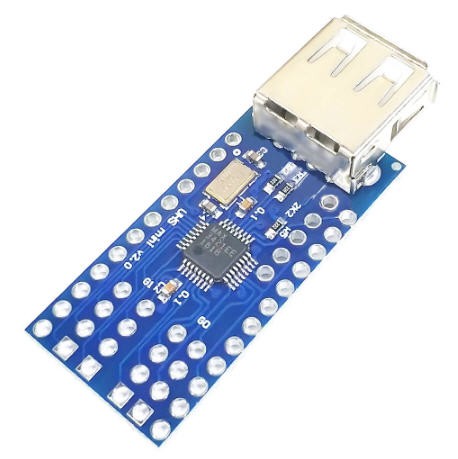
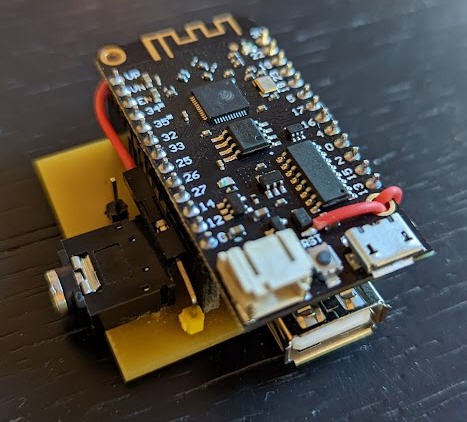
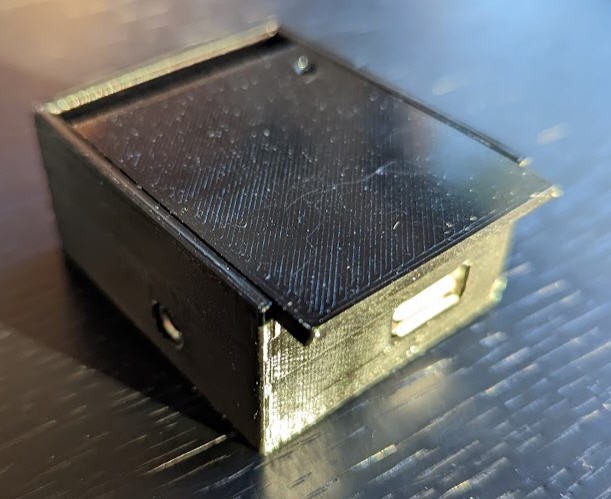
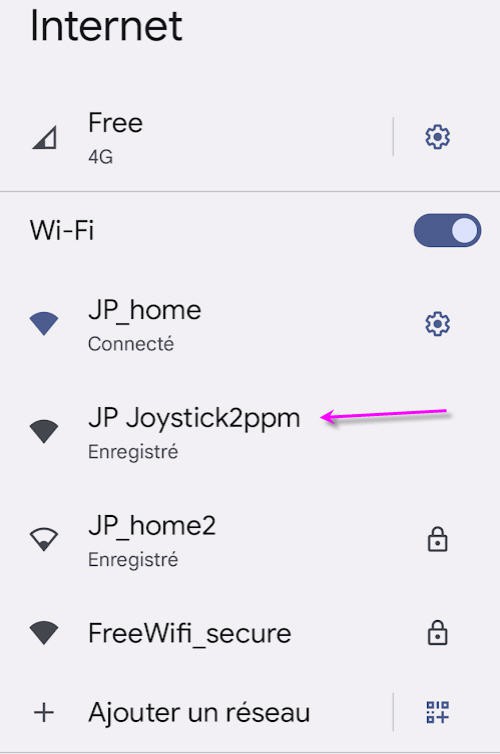
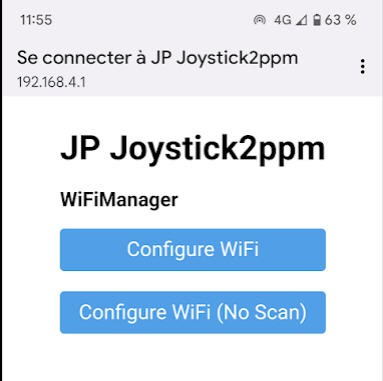
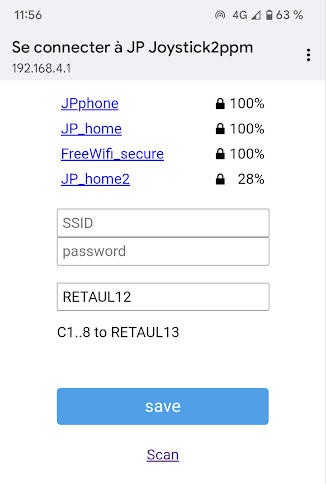
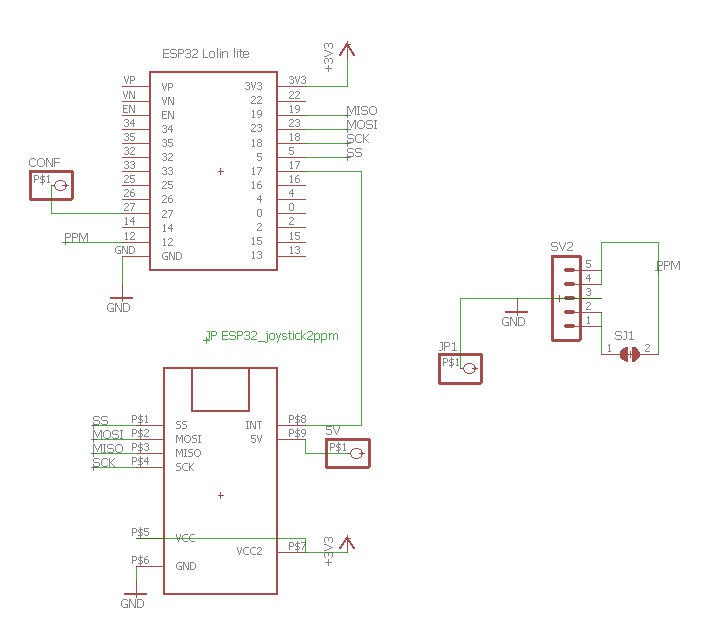
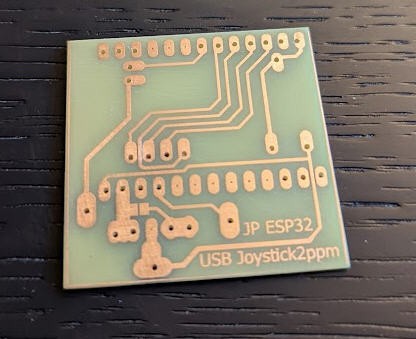
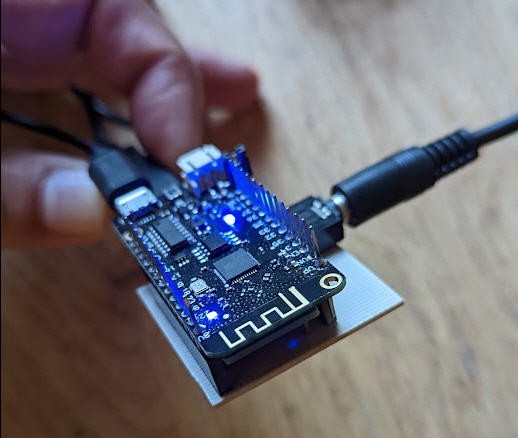
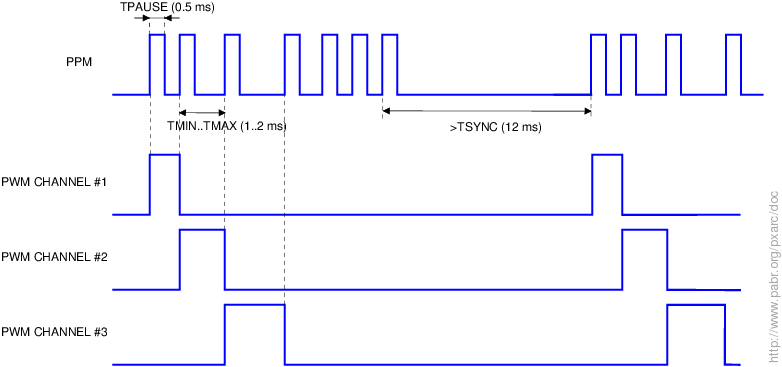
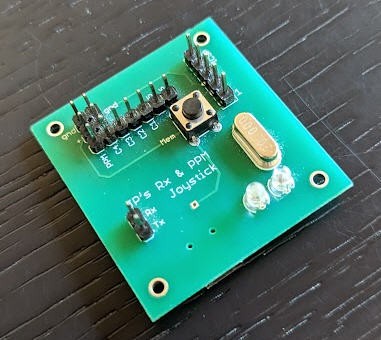
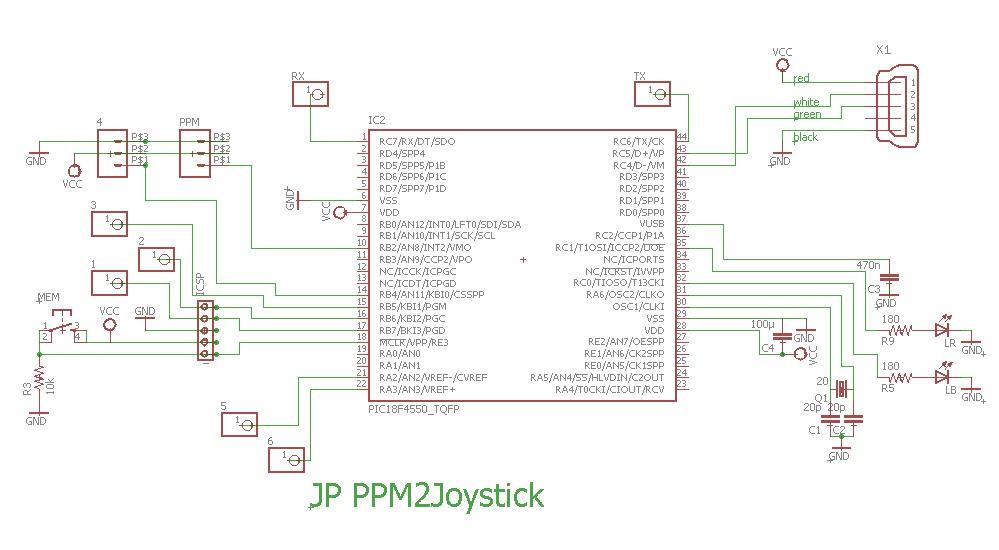
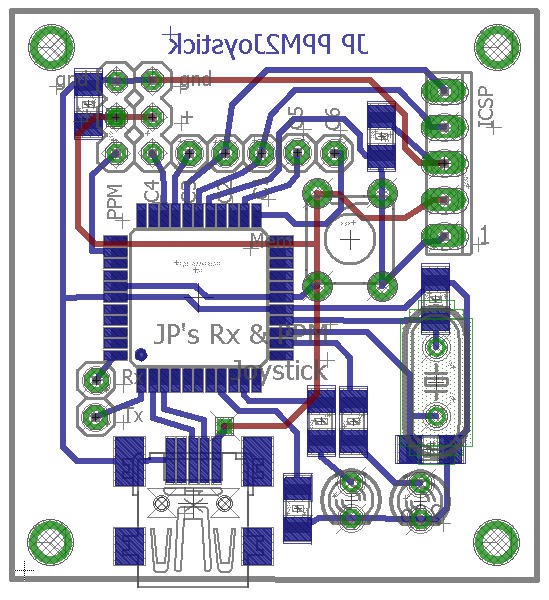
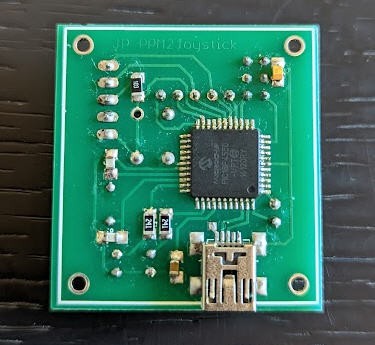
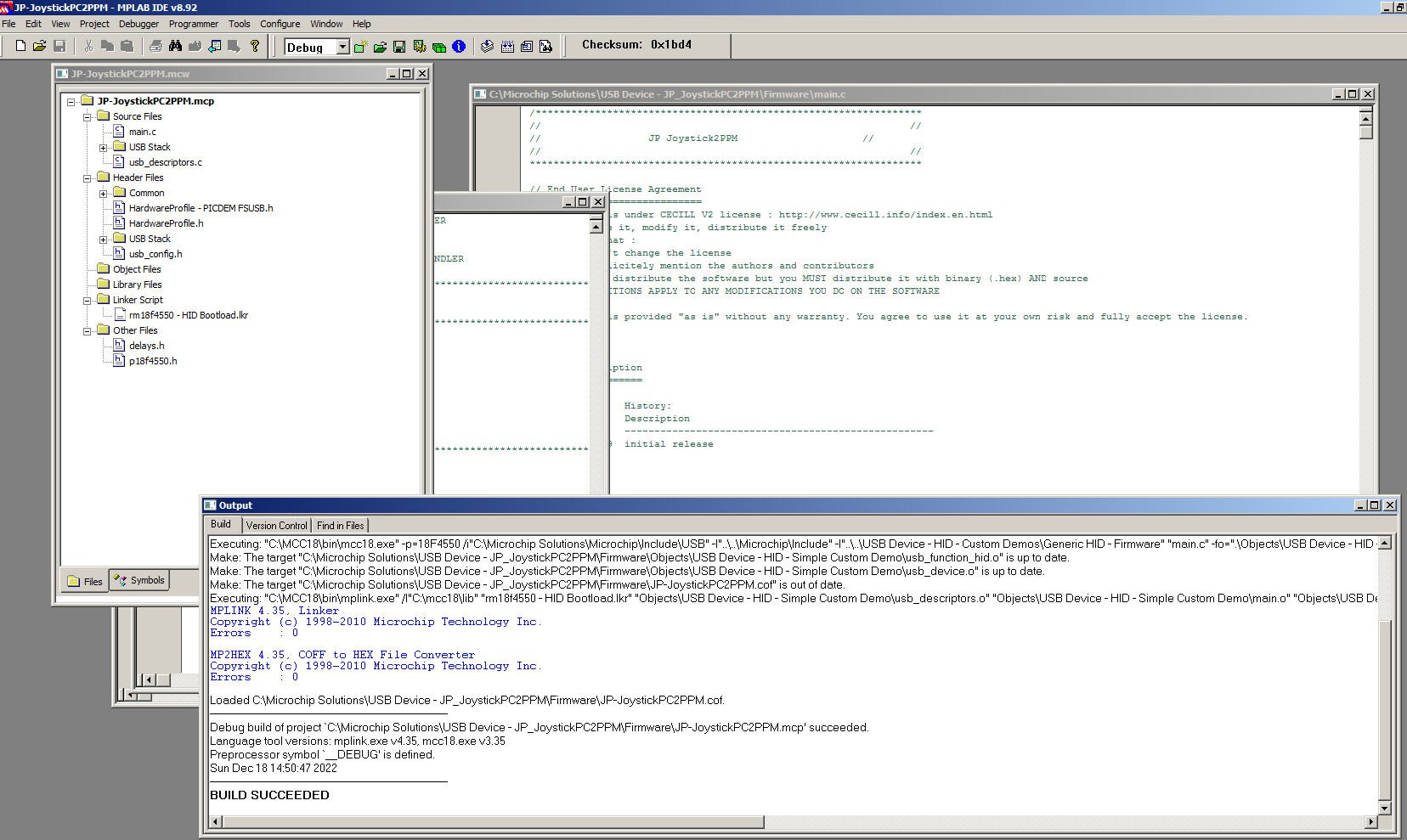
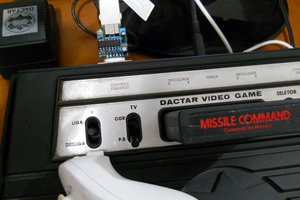
 danjovic
danjovic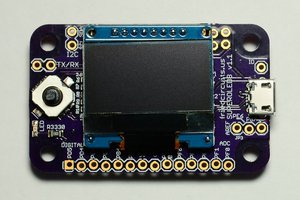
 MobileWill
MobileWill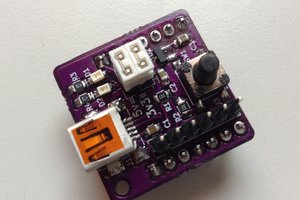
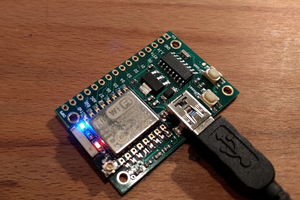
 stopsendingmejunk
stopsendingmejunk